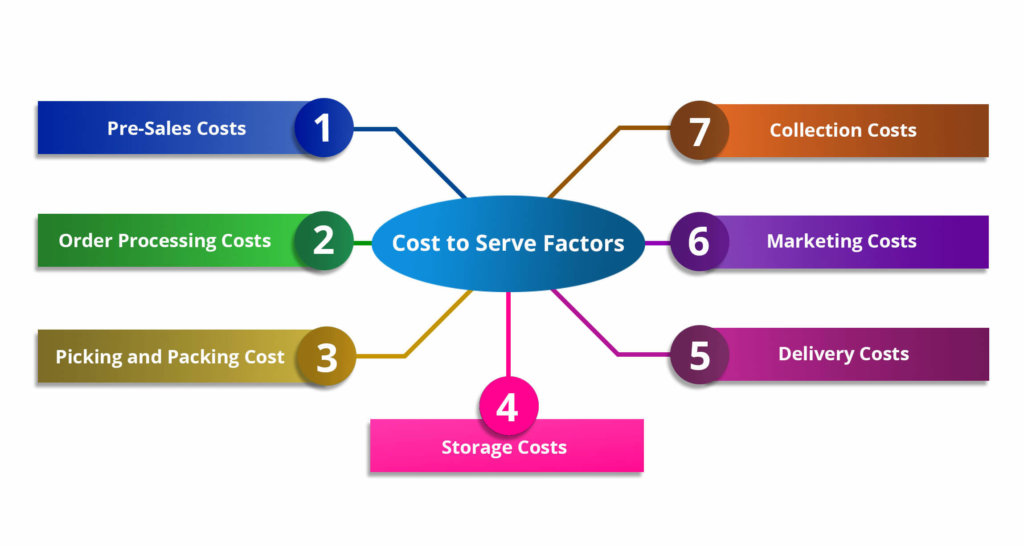Cost to serve is a cost and profitability management methodology. It allows an accurate understanding of the profitability of a product or product category. The main objective of the cost to serve methodology is to calculate the end-to-end cost of delivering a product or service to the end customer. It considers all activities necessary to complete delivery and collect product revenue.
In the rational accounting method, gross margin is the only KPI considered for profit evaluation. There are a series of other costs that are significant to evaluate the profitability of a customer. These costs include the pre-sales costs, order processing costs, delivery costs, customer support costs, etc. Cost to serve analysis considers all these costs associated with the various activities involved in the entire process.
Cost to serve analysis looks beyond the traditional measures and gives a true picture of profitability. Based on this analysis, companies can easily differentiate between the profit-makers whom they can defend in odds and the loss-makers who are costing their bottom line.
Below are some of the factors impacting the Cost to Serve.
- Pre-Sales Costs
- Order Processing Costs
- Picking and Packing Costs
- Storage Costs
- Delivery Costs
- Marketing Costs
- Collection Costs

Try out the free demo for Cost to Serve Analysis using Microsoft Power BI here.
Download the latest version of ValQ here and get started with ValQ Plan today.